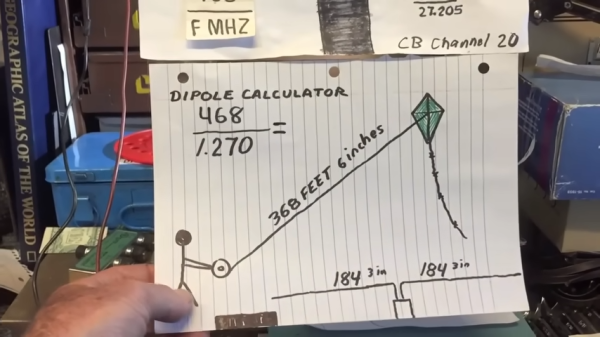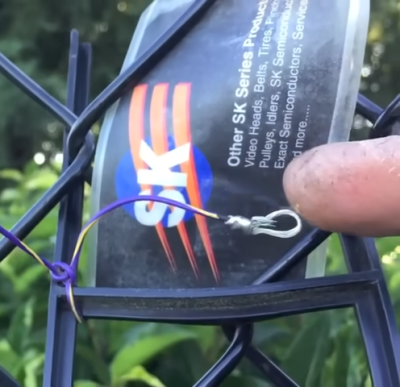We’ve been loving the variety of entries to the 2025 One-Hertz Challenge. Many a clock has been entered, to be sure, but also some projects that step well outside simple timekeeping. Case in point, this AM transmitter from [oldradiofixer.]
The software-only transmitter uses an ATTiny85 processor to output an AM radio signal in the broadcast band. It transmits a simple melody that you can tune in on any old radio you might have lying around the house. Achieving this was simple. [oldradiofixer] set up the cheap microcontroller to toggle pin PB0 at 1 MHz to create an RF carrier. Further code then turns the 1MHz carrier on and off at varying rates to play the four notes—G#, A, G#, and E—of the Twilight Zone theme. This is set up to repeat every second—hence, it’s a perfectly valid entry to the 2025 One-Hertz Challenge!
It’s a simple project, but one that demonstrates the basics of AM radio transmission quite well. The microcontroller may not put out a powerful transmission, but it’s funny to think just how easy it is to generate a broadcast AM signal with a bit of software and a length of wire hanging off one pin. Video after the break.
Continue reading “2025 One-Hertz Challenge: A Software-Only AM Radio Transmitter”















